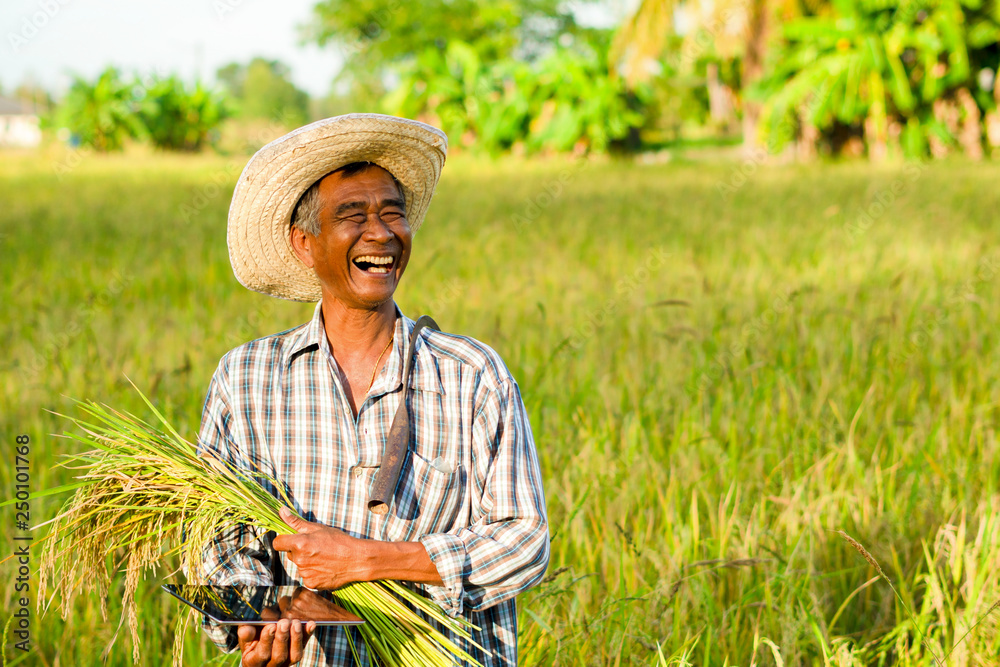Located in the western part of Santa Barbara County, the Santa Rita Hills appellation is renowned for its unique combination of soil, climate, and geography. The appellation, which was officially recognized in 2001, spans approximately 30 miles east-west and 10 miles north-south, encompassing an area of roughly 100 square miles. The Santa Rita Hills are situated between the Purisima Hills and the Santa Rosa Hills, with the Santa Ynez River running through the valley.
The appellation’s unique terroir is characterized by a combination of factors, including its proximity to the Pacific Ocean, the presence of the Santa Ynez River, and the varied soil types. The region’s soil is primarily composed of sandy loams, clay loams, and diatomaceous earth, which provide excellent drainage and a unique mineral profile. The Pacific Ocean’s influence on the climate is significant, with cool fog and breezes moderating the temperatures and creating a long, cool growing season.
This unique combination of soil and climate makes the Santa Rita Hills an ideal location for growing a variety of grape species, including Pinot Noir, Chardonnay, and Syrah. The region’s winemakers are known for their attention to detail and commitment to crafting high-quality wines that showcase the appellation’s distinctive terroir.
One of the key factors that sets the Santa Rita Hills apart from other wine regions is its unique geography. The appellation is home to a number of small, family-owned wineries and vineyards, many of which are nestled in the rolling hills and valleys of the region. These wineries and vineyards are often surrounded by stunning natural beauty, with views of the surrounding countryside and the Pacific Ocean.
For wine enthusiasts, the Santa Rita Hills offer a unique and exciting opportunity to experience some of the world’s best wines in a breathtakingly beautiful setting. Visitors to the region can tour wineries and vineyards, meet with winemakers, and sample some of the appellation’s finest wines. Whether you’re a seasoned wine connoisseur or just starting to explore the world of wine, the Santa Rita Hills are a must-visit destination.
Understanding the Terroir of Santa Rita Hills

The terroir of the Santa Rita Hills is a complex and multifaceted concept that encompasses the region’s soil, climate, and geography. To truly understand the terroir of the Santa Rita Hills, it’s essential to explore each of these factors in detail.
The terroir of the Santa Rita Hills is characterized by a unique combination of soil types, including sandy loams, clay loams, and diatomaceous earth. These soil types provide excellent drainage and a unique mineral profile that is reflected in the region's wines.
The climate of the Santa Rita Hills is also an essential component of the region’s terroir. The Pacific Ocean’s influence on the climate is significant, with cool fog and breezes moderating the temperatures and creating a long, cool growing season. This cool climate is ideal for growing a variety of grape species, including Pinot Noir, Chardonnay, and Syrah.
| Soil Type | Description |
|---|---|
| Sandy Loams | Well-drained soil with a mix of sand, silt, and clay |
| Clay Loams | Soil with a higher proportion of clay, providing good water-holding capacity |
| Diatomaceous Earth | Fossilized remains of microscopic aquatic organisms, providing excellent drainage and a unique mineral profile |

Exploring the Wines of Santa Rita Hills
The wines of the Santa Rita Hills are known for their exceptional quality and unique character. The region’s winemakers are committed to crafting wines that showcase the appellation’s distinctive terroir, using a combination of traditional and modern winemaking techniques.
Step 1: Harvesting - The winemaking process begins with the careful selection and harvesting of grapes from the region's vineyards.
Step 2: Fermentation - The grapes are then fermented using a combination of traditional and modern techniques, including stainless steel and oak barrel fermentation.
Step 3: Aging - The wines are aged in oak barrels, which adds complexity and depth to the final product.
The result is a range of wines that are both complex and approachable, with flavors that reflect the region’s unique terroir. From the subtle nuances of Pinot Noir to the rich, full-bodied flavors of Syrah, the wines of the Santa Rita Hills are a true reflection of the appellation’s unique character.
Pros of Santa Rita Hills Wines
- Unique terroir reflects in the wines
- Exceptional quality and character
- Range of grape species and wine styles
Cons of Santa Rita Hills Wines
- Limited production quantities
- Higher price points compared to other regions
- Requires knowledge of the region's terroir to fully appreciate
Conclusion

The Santa Rita Hills appellation is a unique and exciting wine region that offers a range of high-quality wines with exceptional character. From the region’s unique terroir to the winemaking techniques used by its winemakers, every aspect of the Santa Rita Hills contributes to the creation of wines that are both complex and approachable. Whether you’re a seasoned wine connoisseur or just starting to explore the world of wine, the Santa Rita Hills are a must-visit destination for anyone looking to experience some of the world’s best wines in a breathtakingly beautiful setting.
What is the unique terroir of the Santa Rita Hills?
+The unique terroir of the Santa Rita Hills is characterized by a combination of soil types, including sandy loams, clay loams, and diatomaceous earth, as well as the Pacific Ocean’s influence on the climate.
What grape species are commonly grown in the Santa Rita Hills?
+The Santa Rita Hills are known for growing a variety of grape species, including Pinot Noir, Chardonnay, and Syrah.
What is the best way to experience the wines of the Santa Rita Hills?
+The best way to experience the wines of the Santa Rita Hills is to visit the region and tour the wineries and vineyards, meeting with winemakers and sampling some of the appellation’s finest wines.



